The Rise of On-Chain Order Books: How CloberDEX and Mitosis Are Revolutionizing DeFi Trading

As decentralized finance (DeFi) matures, the industry is experiencing a seismic shift. What began as a movement fueled by automated market makers (AMMs) and yield farming is now evolving into a more nuanced ecosystem driven by infrastructure-first innovation, composability, and scalability. Among the most significant developments in 2025 is the integration of CloberDEX with Mitosis—ushering in a new era for decentralized exchanges through a fully on-chain limit order book model powered by the gas-optimized LOBSTER algorithm.
This milestone doesn’t just mark a technical enhancement—it represents a philosophical pivot in DeFi, from reactive liquidity provision to proactive precision trading. As gas costs fall, and user experience improves, CloberDEX and Mitosis are setting the stage for a new breed of decentralized trading platforms that emphasize control, efficiency, and trustlessness.
CloberDEX + Mitosis: Building the Future of On-Chain Order Books
Announced on June 30, 2025, the CloberDEX-Mitosis integration enables a fully on-chain, composable limit order book (CLOB)—a structure long considered too complex and gas-inefficient for DeFi to implement at scale. In contrast to AMMs, where trades are executed against pooled liquidity with algorithmically determined prices, CLOBs allow users to set precise bid and ask prices, offering unmatched control.
Why This Matters
Imagine Alice wants to sell 1 ETH at exactly 2,000 USDC. In an AMM like Uniswap, the price she receives depends on pool depth and can result in slippage—especially during volatility. But on CloberDEX, Alice can place a limit order, and Bob can fill it at that precise price, even partially (say, buying 0.5 ETH). This traditional trading model, now deployed entirely on-chain via Mitosis, reduces risk and increases predictability.
At the core of CloberDEX’s innovation is the LOBSTER algorithm—short for Limit Order Book with Segment Tree for Efficient order-matching. This structure leverages segment trees to dramatically lower the computational complexity of matching orders. In practical terms, this means gas fees per trade can be as low as $2-3 on Ethereum mainnet, even without Layer 2 scaling—a major leap from previous attempts at on-chain order books, which often cost $20+ per interaction.
Solving AMM Shortcomings
The dominance of AMMs like Uniswap, Balancer, and Curve has fueled explosive growth in DeFi. However, their simplicity comes at a cost. AMMs inherently suffer from:
- Slippage: Prices shift based on trade size relative to pool depth.
- Impermanent Loss (IL): LPs often lose value relative to simply holding the assets.
- Poor price discovery: AMMs are reactive rather than predictive, making them inefficient in fast-moving or illiquid markets.
According to a 2023 DeFi Pulse study, over 30% of AMM users experienced significant slippage, while liquidity providers faced an average impermanent loss of 15–20% during volatile periods. These limitations have long prompted calls for a better alternative.
CloberDEX provides that alternative. By offering an infrastructure-first, non-custodial limit order system, traders gain precision without sacrificing decentralization. With Mitosis’s underlying infrastructure, these orders become tokenized and composable—usable as collateral, inputs for lending markets, or components in structured products. This level of interoperability is crucial for building the next generation of DeFi primitives.
Mitosis: The Infrastructure Backbone
Mitosis positions itself as a general-purpose, composable data layer for decentralized applications. It provides the scalable foundation that enables advanced DeFi features like Clober’s on-chain CLOBs to function efficiently.
Key Mitosis features include:
- Composability by design: Tokenized orders and intents can be plugged into any DeFi stack.
- Gas efficiency: Optimized batching and execution minimizes on-chain resource usage.
- Interoperability: Built to work seamlessly across multiple chains and rollups.
This mirrors a broader DeFi trend toward modular architecture. Rather than building monolithic platforms, developers now create Lego-like components—settlement layers, execution engines, and front-end interfaces—that interoperate and scale independently.
Broader Trends in DeFi (2024–2025)
CloberDEX and Mitosis are not emerging in a vacuum. Their rise is part of a broader movement in DeFi centered around capital efficiency, scalability, and user control. Let’s look at three major trends reshaping the industry:
1. Infrastructure-Driven Innovation
The days of launching yet another yield farm or copy-paste DEX are over. Leading protocols are now focused on solving hard technical problems—like gas optimization, fair matching, and composable liquidity. Balancer’s V3 upgrade (December 2024) introduced 100% Boosted Pools in partnership with Aave, effectively combining AMM mechanics with yield farming infrastructure.
CloberDEX builds on this by offering an infrastructure-level DEX that’s purpose-built for composability, much like how UniswapX and CowSwap focused on intent-based trading in 2023–2024.
2. On-Chain Liquidity Demand Is Surging
Driven in part by MiCA regulations in the EU and more clarity in Asia and LATAM, institutional and retail interest in on-chain trading is growing. A March 2025 Chainalysis report noted that on-chain liquidity demand rose 25% in the past year, especially for real-world assets (RWAs), stablecoins, and derivatives. Order books are better suited than AMMs for these asset classes, particularly in terms of price discovery and execution precision.
3. Hybrid Models Are Gaining Ground
Some projects are merging AMM and CLOB mechanisms. For example, Vertex Protocol and dYdX V4 leverage hybrid systems for their perpetual markets. A March 2025 Three Sigma report noted that hybrid DEX models reduce slippage by 40–60% for liquid pairs while retaining long-tail market support via AMM reserves. CloberDEX, however, takes a more purist approach—prioritizing gas-efficient, fully on-chain order books without the need for off-chain matching engines or centralized sequencers.
What This Means for Users, LPs, and Developers
For Traders
- Precision: Place limit orders with exact prices, similar to centralized exchanges.
- Lower fees: Thanks to LOBSTER and Mitosis, gas costs become negligible.
- No slippage or IL: Trade without worrying about price impact or pool volatility.
For Liquidity Providers
- No impermanent loss: LPs don’t deposit into pools—they place orders.
- More capital-efficient: Use idle assets more productively across protocols.
- Composable liquidity: Orders can be re-used in lending or staking strategies.
For Developers
- Composability: Build custom protocols that integrate Clober’s order book logic.
- Cross-app coordination: Orders and intents can plug into auctions, derivatives, or RWAs.
- Permissionless architecture: Build without gatekeepers, relying on open standards.
Regional Impact and Adoption
One of the most exciting implications of CloberDEX’s low-gas architecture is its potential for global adoption, especially in emerging markets. According to Chainalysis, West Africa saw a 40% increase in on-chain crypto usage in 2024, with much of it occurring via mobile. High gas costs have historically priced these users out of DeFi—CloberDEX’s efficiency could change that.
Moreover, as more regions establish regulatory clarity, such as Kenya’s 2025 Blockchain Act or Argentina’s stablecoin tax reforms, we can expect DeFi adoption to broaden. Low-cost, high-control platforms like CloberDEX will be crucial in onboarding the next billion users.
Challenges and Outlook
Despite its promise, the CloberDEX-Mitosis model faces challenges:
- Liquidity Bootstrapping: AMMs benefit from passive LPs. CLOBs require active market makers or sophisticated bots to populate books.
- Scalability During Congestion: While LOBSTER is efficient, Ethereum mainnet still struggles during peak usage. Integration with L2s like Optimism or Base may be necessary.
- Regulatory Compliance: Tokenized orders and composability present legal questions, especially under MiCA, where DeFi protocols may be required to register or meet transparency standards.
Nevertheless, these challenges are shared across DeFi. With growing momentum behind infrastructure-first models, CloberDEX and Mitosis are well-positioned to lead the charge.
Conclusion
The CloberDEX-Mitosis partnership is more than a technical feat—it’s a signal of where DeFi is headed. As the space moves beyond pool-based trading and speculative farming, new models rooted in precision, composability, and efficiency are rising to the forefront.
With its gas-optimized, fully on-chain limit order book and integration into Mitosis’s composable infrastructure, CloberDEX may well set the standard for future decentralized exchanges. For developers, users, and investors alike, the next phase of DeFi innovation is not about chasing yield—it’s about building sustainable, scalable, and user.
References
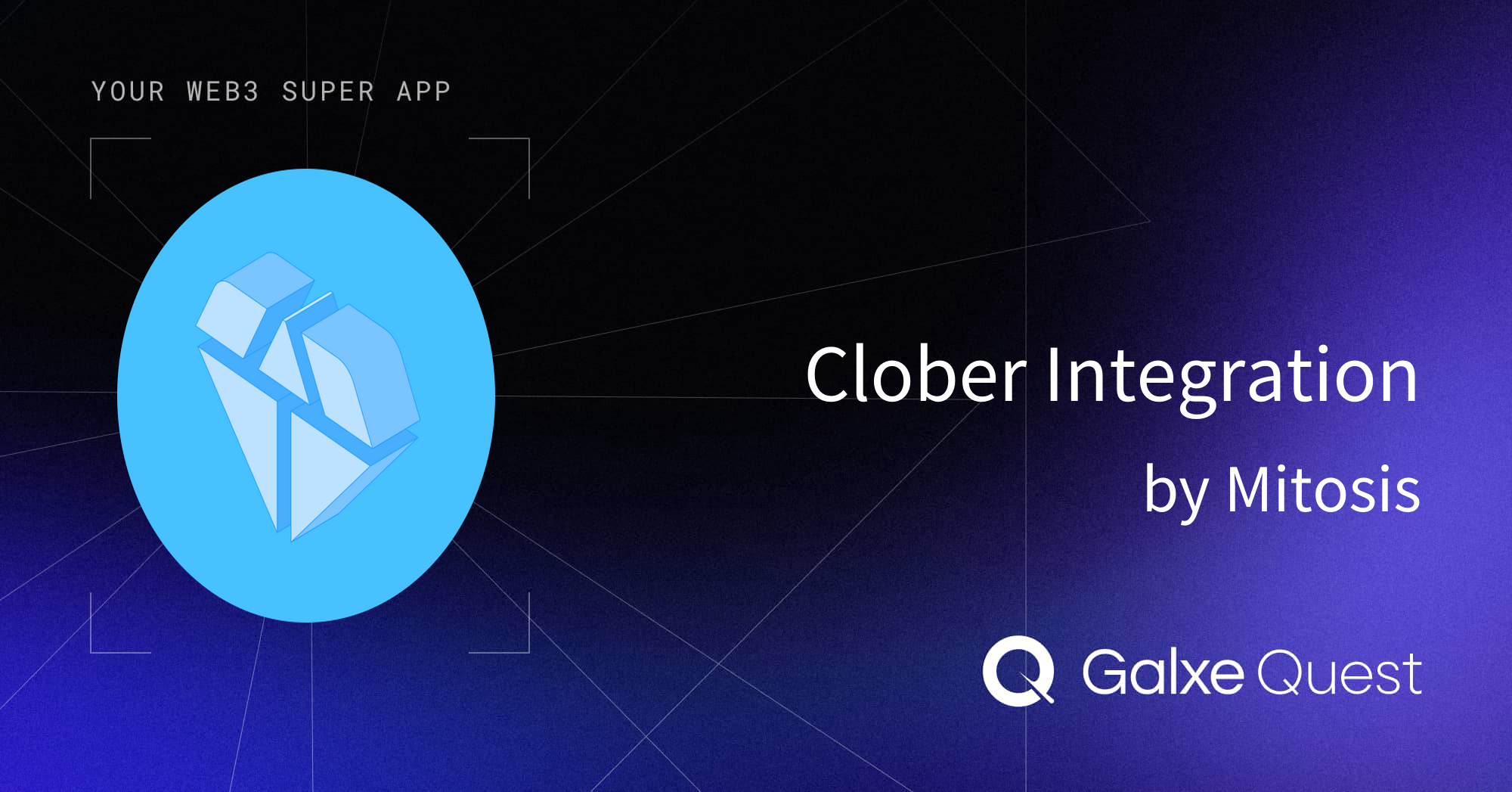
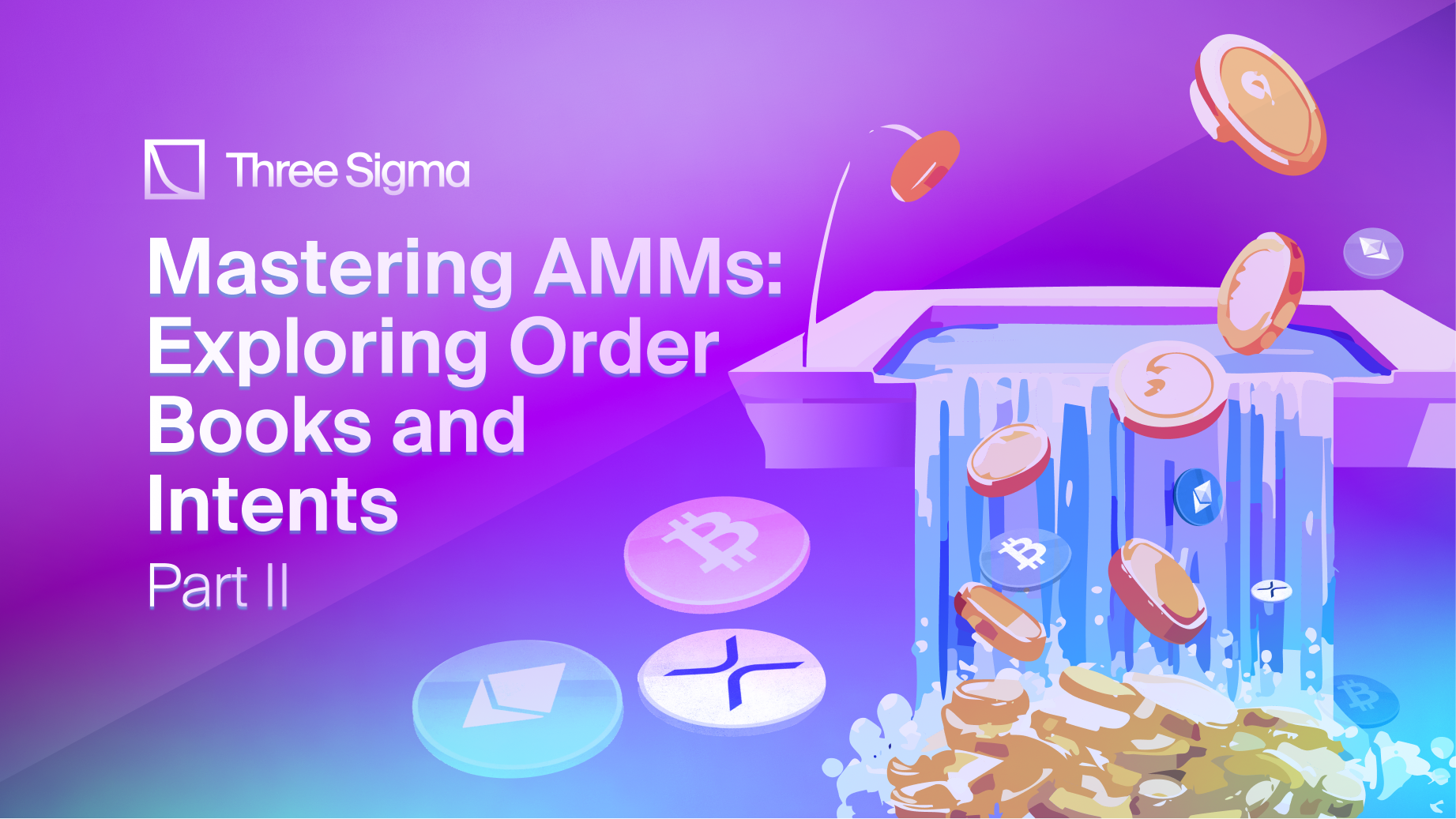
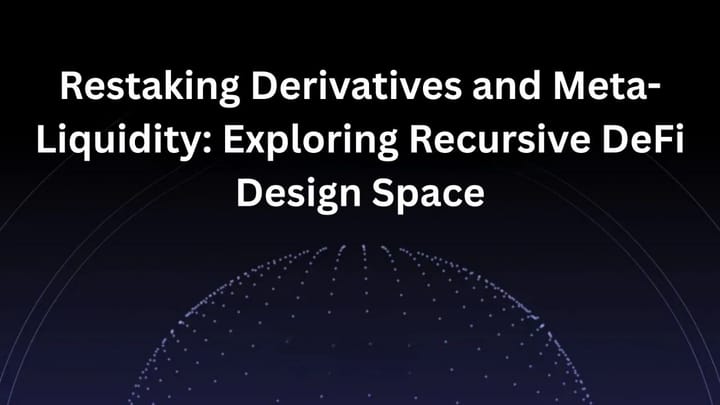

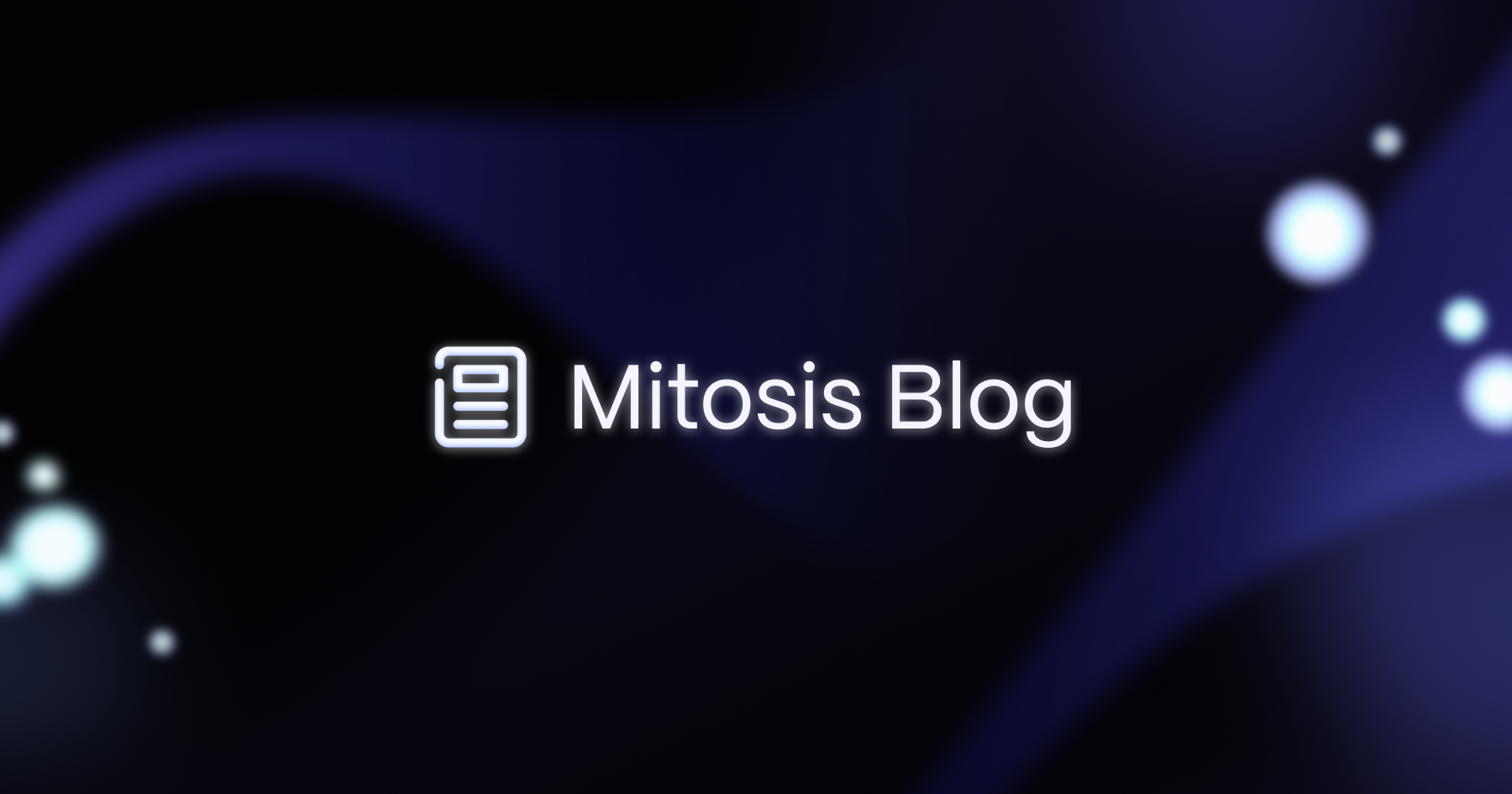





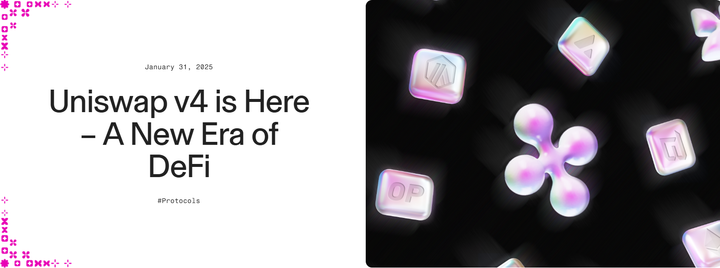
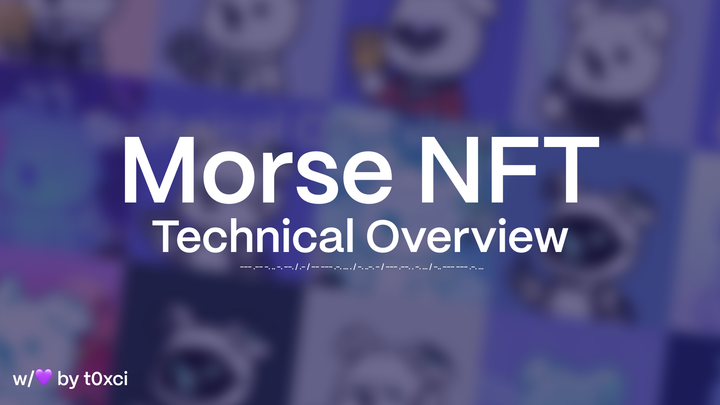
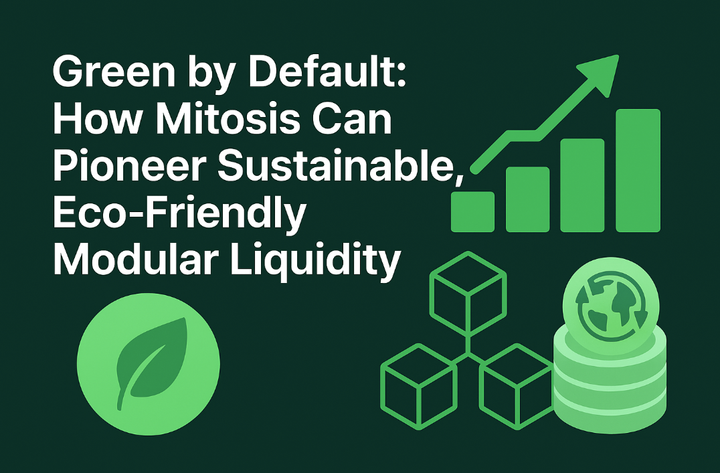
Comments ()